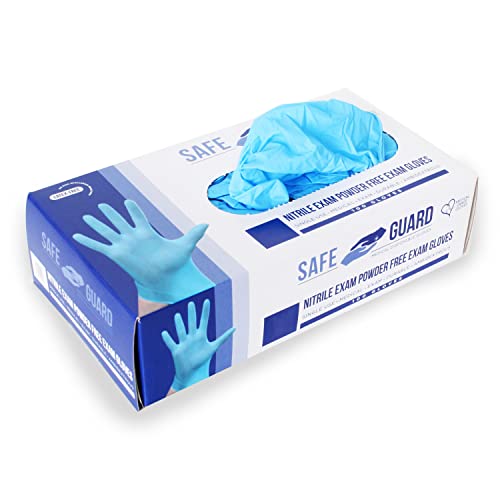But thankfully, nitrile gloves are a miraculous alternative. They offer impeccable flexibility, comfort, and even higher puncture resistance than latex. Plus, there’s no risk of allergies, which is why they’ve grown massively popular recently. But how do you pick the right pair? Don’t worry, here’s a well-researched list of our favorite nitrile gloves of 2024.
For years, latex gloves have reigned supreme as an ideal choice of glove material to protect your hands from germs and harmful substances, especially in medical jobs. They offer complete protection without sacrificing any flexibility or mobility, but they have one weakness — the material latex itself. Some people are allergic to it, which makes it impossible for doctors, nurses, and all types of healthcare workers to wear these gloves for long hours as it can lead to serious symptoms like hives, itchiness, irritation, and even a potentially life-threatening condition called anaphylaxis.








